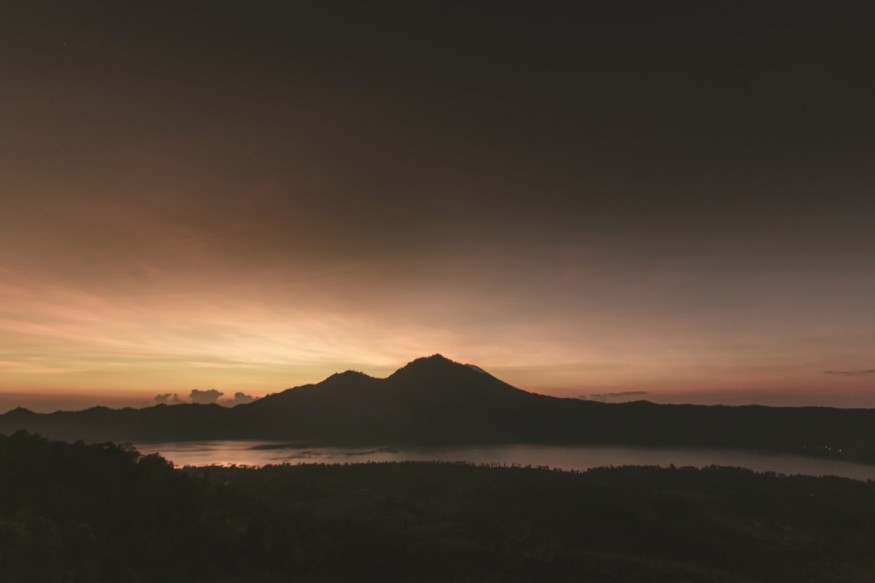Killer lakes such as the Democratic Republic of Congo's Lake Kivu and Cameroon's Lakes Nyos and Monoun have been recorded in history as small bodies of water that contain a hazardous agent or substance that is deadly not only to marine life but also to humans. What makes these lakes lethal is the carbon dioxide gas trapped at the bottom of these lakes.
In the 1980s, both Lake Nyos and Lake Monoun underwent limnic eruptions, with the natural disaster at Nyos leading to the deaths of more than 1,700 people after suffocating from the release of toxic carbon dioxide. Since then, these lakes may hide in the guise of a paradise but is quite the opposite underneath. While the three mentioned lakes have been proven to be deadly, another killer is lurking within the heart of Europe.
In Spain, scientists suggest that a body of water is another killer lake overlooked before. Known as El Corta Guadiana (Corta Guadiana lake in English), previous report indicates that carbon dioxide is trapped under the lake's bottom. If released, the gas could cause life-threatening risks to its surrounding environment and communities, leading to potential injury or death.
Spain Killer Lake

The killer lake of Spain, Corta Guadiana, has been discovered to have the potential to emit a similarly lethal toxic cloud, according to a team of scientists led by Javier Sánchez España, a geochemist at the Institute of Geology and Mining in Spain.
This is based on a report in 2016, when España found that another eruption may occur in the Spanish lake due to the presence of trapped carbon dioxide underneath it, in addition to the mentioned killer lakes in DRC and Cameroon.
Corta Guadiana is an artificial lake located near the small community of Puebla de Guzman with only 3,000 reported inhabitants. The town is situated in the western part of Huelva province in Spain.
Prior to the recent discovery of trapped carbon under the killer lake, it has posed a danger to public health after it was formed in 1983. Its creation was initially operated by the British company The Bedel Metal & Chemical, which was searching for iron sulphide at that time.
Killer Lake of Cameroon
Lake Nyos, as mentioned earlier, underwent a catastrophic explosion in August 1986. It released up to 1 kilometer of carbon dioxide from the water and into the atmosphere killing approximately 1700 people in a radius of up to 26 kilometers (13 miles) away from the killer lake, according to the Michigan University.
Aside from the abundance of carbon, some conditions that led to the release of the gas include the weakening of the "strength of stratification," which becomes weaker as surface waters lose heat. This occurs during the monsoon season when decreasing air temperatures and solar energy occur, the university explains.
While scientists have only recorded few killer lakes at this point, it is possible there are other similar bodies of water around the world that may contain not only trapped carbon but also other hazardous chemicals.
© 2026 NatureWorldNews.com All rights reserved. Do not reproduce without permission.





